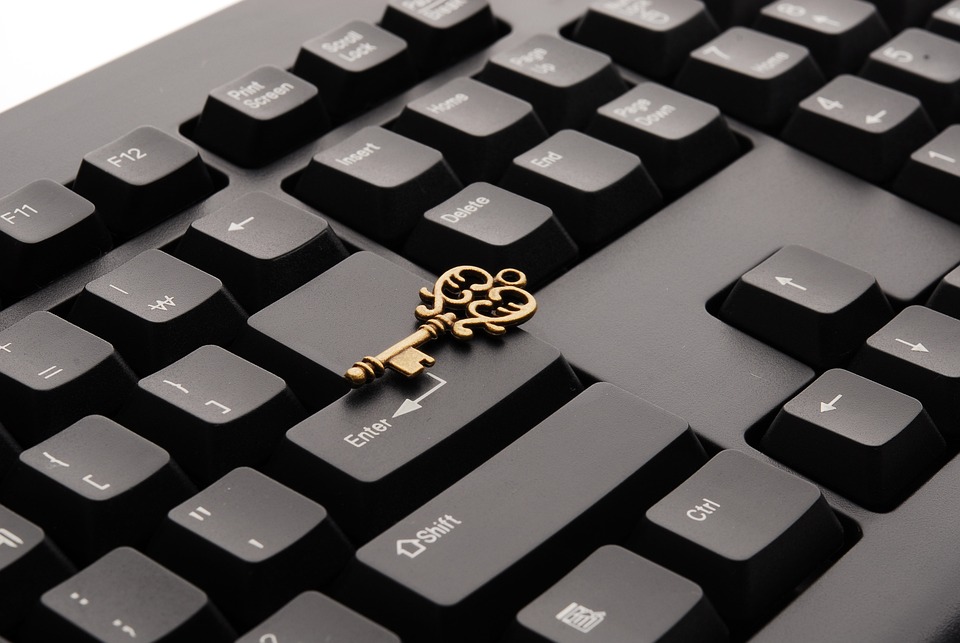Protecting Your Digital Assets: Essential Steps for Cybersecurity
In today’s digital age, protecting your digital assets has become more crucial than ever before. With the increasing number of cyber threats and data breaches, individuals and businesses alike need to take proactive measures to safeguard their sensitive information and prevent unauthorized access. This blog article will provide you with essential steps for cybersecurity, ensuring the safety and integrity of your digital assets.
Understanding the Importance of Cybersecurity
Cybersecurity refers to the practice of protecting computers, servers, networks, and data from digital attacks. These attacks can range from malware infections and phishing scams to hacking attempts and data breaches. The consequences of inadequate cybersecurity measures can be severe, including financial loss, reputational damage, and compromised personal or business information.
By implementing robust cybersecurity measures, you can significantly reduce the risk of falling victim to cyber threats and protect your digital assets from unauthorized access. Let’s explore some essential steps you can take to enhance your cybersecurity posture.
1. Strong and Unique Passwords
Avoid using weak and easily guessable passwords. Instead, create strong and unique passwords for all your online accounts. A strong password typically consists of a combination of uppercase and lowercase letters, numbers, and special characters. Additionally, it is crucial to use a different password for each account to prevent a domino effect in case one password is compromised.
Consider using a password manager tool that securely stores your passwords and generates complex ones for you. This way, you won’t have to remember multiple passwords, and your digital assets will remain protected.
2. Enable Two-Factor Authentication (2FA)
Two-factor authentication adds an extra layer of security to your online accounts. It requires you to provide a second form of verification, such as a unique code sent to your mobile device, in addition to your password. By enabling 2FA, even if someone manages to obtain your password, they won’t be able to access your account without the second factor.
Most online platforms and services offer two-factor authentication as an option. Make sure to enable it wherever possible to enhance the security of your digital assets.
3. Keep Your Software Up to Date
Regularly updating your software is essential for maintaining strong cybersecurity. Software updates often include security patches that fix known vulnerabilities. By keeping your operating system, antivirus software, web browsers, and other applications up to date, you ensure that you have the latest protection against emerging threats.
Enable automatic updates whenever possible, so you don’t have to manually check for updates regularly. This way, you won’t miss out on crucial security patches that can safeguard your digital assets.
4. Be Cautious of Phishing Attempts
Phishing is a common tactic used by cybercriminals to trick individuals into revealing sensitive information or downloading malicious software. These attacks often come in the form of deceptive emails, messages, or websites that mimic trusted sources.
To protect your digital assets, be cautious of unsolicited emails, especially those asking for personal or financial information. Avoid clicking on suspicious links and verify the legitimacy of websites before entering sensitive data. Educate yourself and your employees about common phishing techniques to minimize the risk of falling victim to such attacks.
5. Regularly Back Up Your Data
Backing up your data is crucial in case of a cyber attack or hardware failure. By regularly creating backups of your important files and storing them in secure locations, you can easily recover your digital assets in the event of data loss or ransomware attacks.
Consider using cloud storage services or external hard drives for your backups. Ensure the backups are encrypted and password-protected to maintain the confidentiality of your data.
FAQs
Q: What are some signs that my computer has been compromised?
A: There are several signs that may indicate your computer has been compromised. These include unexpected system crashes, slow performance, unexplained network activity, unauthorized access to your accounts, and the presence of unfamiliar files or programs. If you notice any of these signs, it is essential to investigate and take immediate action to protect your digital assets.
Q: How often should I update my passwords?
A: It is recommended to update your passwords at least every three to six months. Regularly changing your passwords reduces the likelihood of unauthorized access to your accounts. Additionally, if you suspect a security breach or have any reason to believe your password has been compromised, change it immediately as a precautionary measure.
Q: Are there any cybersecurity best practices for businesses?
A: Yes, businesses should implement several cybersecurity best practices to protect their digital assets. These include conducting regular employee training on cybersecurity awareness, implementing a robust firewall and antivirus solution, regularly monitoring network activity, enforcing strong password policies, conducting vulnerability assessments and penetration testing, and having an incident response plan in place. It is also recommended to seek professional cybersecurity services to ensure comprehensive protection.
Q: Can antivirus software alone protect my digital assets?
A: While antivirus software is an essential component of cybersecurity, relying solely on it is not sufficient to protect your digital assets comprehensively. Antivirus software primarily focuses on detecting and eliminating known malware. However, it may not be able to detect new or emerging threats. To enhance your cybersecurity, it is crucial to implement multiple layers of protection, such as a firewall, regular software updates, strong passwords, and user awareness training.
For more detailed information on protecting your digital assets and enhancing cybersecurity, you can refer to this comprehensive guide on the topic.
Protecting your digital assets should be a top priority in today’s digital landscape. By following the essential steps outlined in this article, you can significantly reduce the risk of cyber threats and safeguard your sensitive information. Remember, cybersecurity is an ongoing effort, so stay vigilant and keep updated with the latest practices to ensure the protection of your digital assets.




